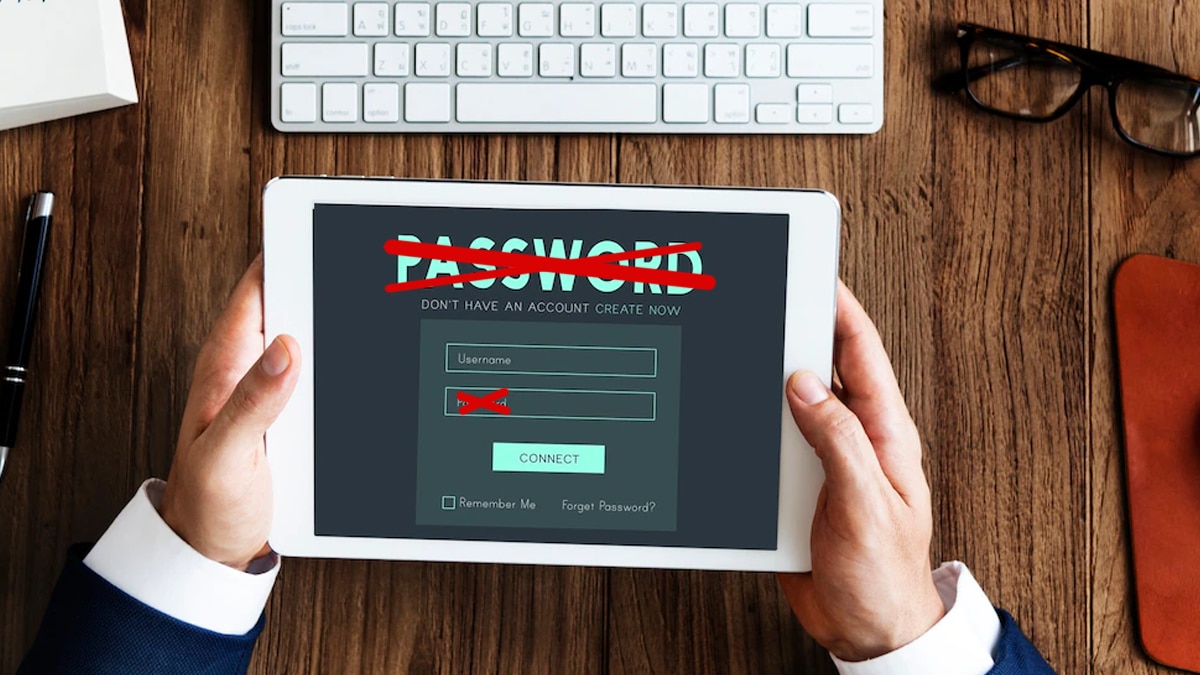If you don’t like working with passwords, you’re not alone. For most of us, passwords are impractical, forgettable and frequently not the best security solution.
The concept of password elimination is gaining traction as organizations explore alternatives to traditional password-based authentication. While passwords have been widely used for authentication, they have several limitations, including weak user practices, password reuse, and susceptibility to breaches.
Here are some key aspects to consider regarding password elimination and potential alternatives:
1. Biometric Authentication:
Biometric authentication methods, such as fingerprint scanning, facial recognition, or iris scanning, offer a more convenient and secure way to authenticate users. Biometric data is unique to individuals and reduces the risk of password-related vulnerabilities. However, it’s crucial to implement proper security measures to protect biometric data and ensure privacy.
2. Multi-Factor Authentication (MFA):
Implementing MFA adds an additional layer of security by requiring users to provide multiple factors for authentication. This can include a combination of something they know (e.g., a password), something they have (e.g., a physical token), or something they are (e.g., a fingerprint). MFA significantly enhances security compared to relying solely on passwords.
3. Passwordless Authentication:
Passwordless authentication eliminates the need for passwords altogether. Instead, it relies on other factors such as biometrics, cryptographic keys, or mobile device-based authentication. Users can authenticate themselves using methods like push notifications, QR codes, or cryptographic challenges. This approach enhances security and user experience.
4. Single Sign-On (SSO):
SSO solutions allow users to access multiple applications or systems with a single set of credentials. By centralizing authentication and eliminating the need for multiple passwords, SSO simplifies the user experience while reducing the risk associated with password management.
5. Risk-based Authentication:
Risk-based authentication assesses various factors, such as user behavior, device information, location, and contextual data, to determine the level of authentication required. This approach dynamically adjusts the authentication requirements based on risk, providing a seamless experience for low-risk scenarios while enforcing stronger authentication for higher-risk activities.
6. Hardware Security Tokens:
Hardware security tokens generate one-time passwords or utilize cryptographic keys to authenticate users. These physical tokens provide an additional layer of security and protection against various attacks like phishing or credential theft.
7. Mobile Device-Based Authentication:
Leveraging the ubiquity of smartphones, mobile device-based authentication methods use features like biometrics, device certificates, or secure authentication apps to authenticate users. Mobile devices provide a convenient and secure platform for authentication, especially when combined with other factors like biometrics or cryptographic keys.
8. Continuous Authentication:
Continuous authentication solutions continuously monitor user behavior, device context, and biometrics during a session to ensure ongoing security. This approach reduces the reliance on a single authentication event and enhances security by detecting anomalies or unauthorized access attempts in real-time.
9. User Education and Awareness:
Regardless of the authentication method used, user education and awareness remain crucial. Promoting good security practices, such as using strong and unique passwords, enabling MFA, and being vigilant against phishing attempts, helps reinforce the overall security posture.
Final Words
It’s important to note that while password elimination offers potential benefits, there are still challenges and considerations. Organizations need to carefully evaluate the alternatives, ensure compatibility with existing systems, address potential privacy concerns, and implement appropriate security measures to protect the chosen authentication methods.
As long as these new login standards are not widely available and adopted, passwords will remain a safety concern. A centralized password management system (for company and personal credentials of your employees) is essential to address password issues. Ultimately, the future may involve a combination of authentication methods tailored to specific use cases, striking a balance between security, usability, and user experience. Contact us by filling out our contact form or call us at +91-1145694931 , +91-9310905611 to know more about the advantages of our recommended solution.

